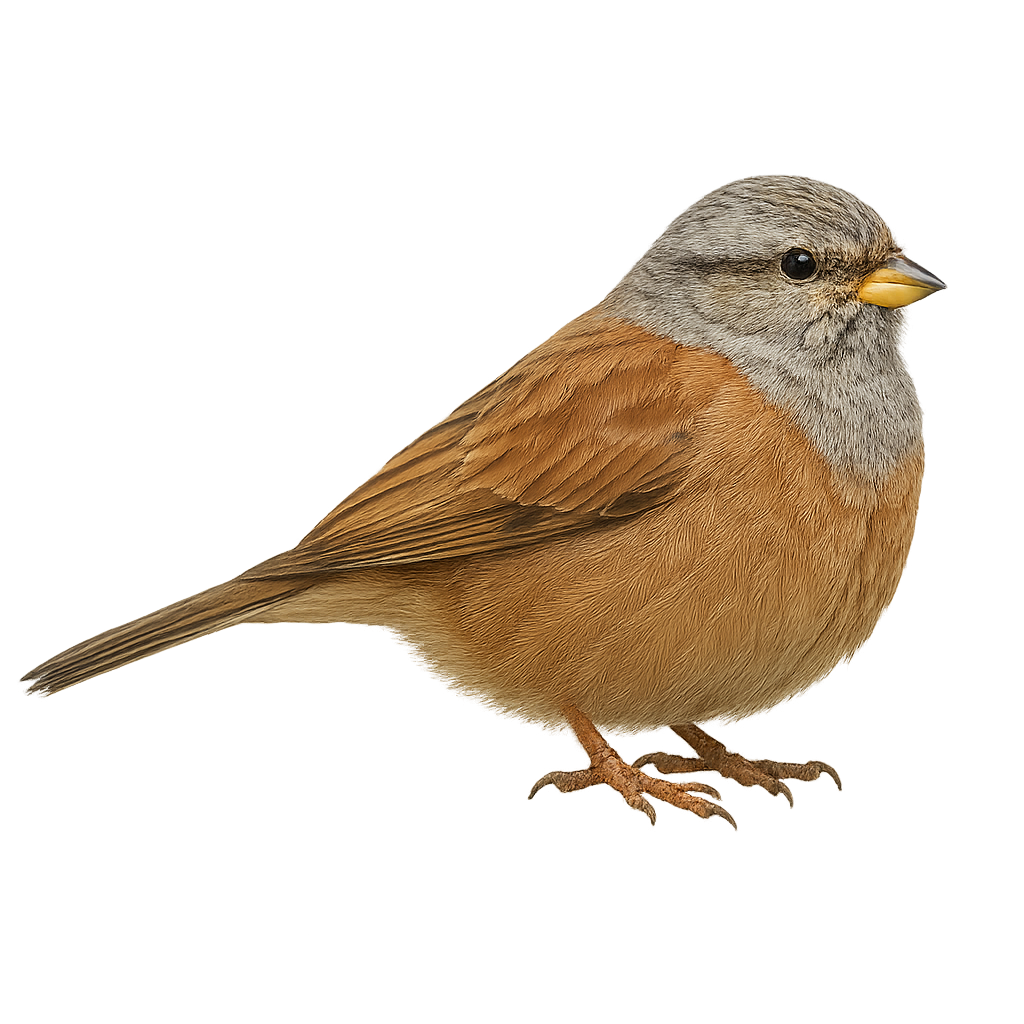Your wildlife photography guide.
Explore the house bunting in detail, study its behavior, prepare your shots.
Where to observe and photograph the house bunting in the wild
Learn where and when to spot the house bunting in the wild, how to identify the species based on distinctive features, and what natural environments it inhabits. The WildlifePhotographer app offers tailored photography tips that reflect the house bunting’s behavior, helping you capture better wildlife images. Explore the full species profile for key information including description, habitat, active periods, and approach techniques.
House Bunting
Scientific name: Emberiza sahari

IUCN Status: Least Concern
Family: EMBERIZIDAE
Group: Birds
Sensitivity to human approach: Tolerant
Minimum approach distance: 5 m
Courtship display: March to May
Incubation: 12-14 jours
Hatchings: March to June
Habitat:
Deserts, mountains, rocky areas
Activity period :
Primarily active during the day, with peak activity in the morning and late afternoon.
Identification and description:
The House Bunting, or Emberiza sahari, is a small bird with a discreet plumage, mainly brown with shades of gray and beige. It is well adapted to arid and semi-arid environments, blending perfectly into the landscape. It is primarily found in North Africa, especially in desert and mountainous regions. Known for its melodious song, often heard at dawn, it feeds mainly on seeds but can also consume insects, especially during the breeding season. The House Bunting is a sociable bird, often seen in small groups, and is relatively not very shy, making it accessible for observation.
Recommended lens:
400 mm – adjust based on distance, desired framing (portrait or habitat), and approach conditions.
Photography tips:
To photograph the House Bunting, it is advisable to use a 400mm lens or longer to capture fine details without disturbing the bird. Look for it early in the morning when its song is most audible. Rocky and desert areas are ideal for observation. Be patient and discreet, as even though it is tolerant, sudden movements can scare it away. Use a tripod to stabilize your camera and get sharp images.
The WildlifePhotographer App is coming soon!
Be the first to explore the best nature spots, track rutting seasons, log your observations, and observe more wildlife.
Already 1 432 wildlife lovers subscribed worldwide

